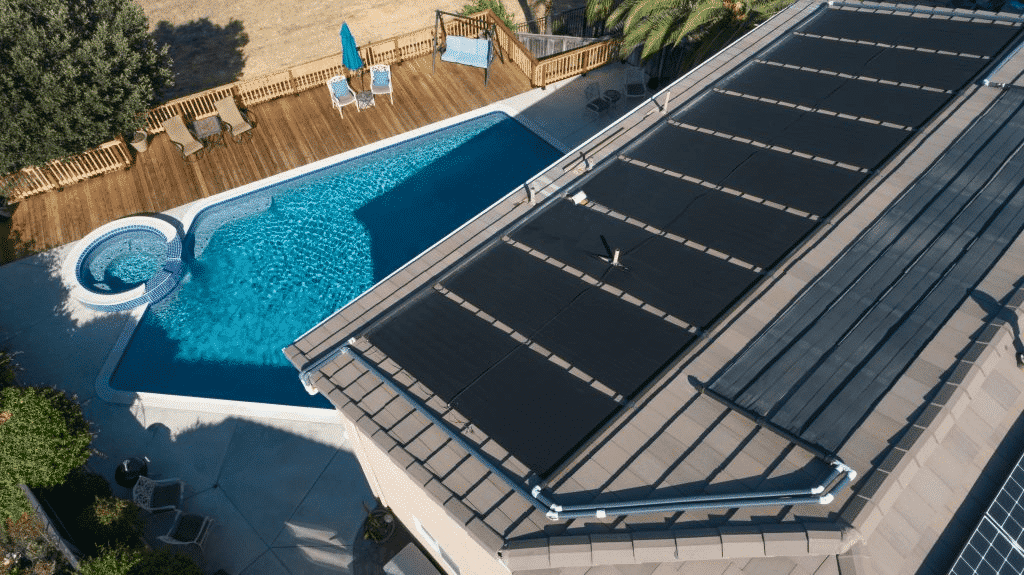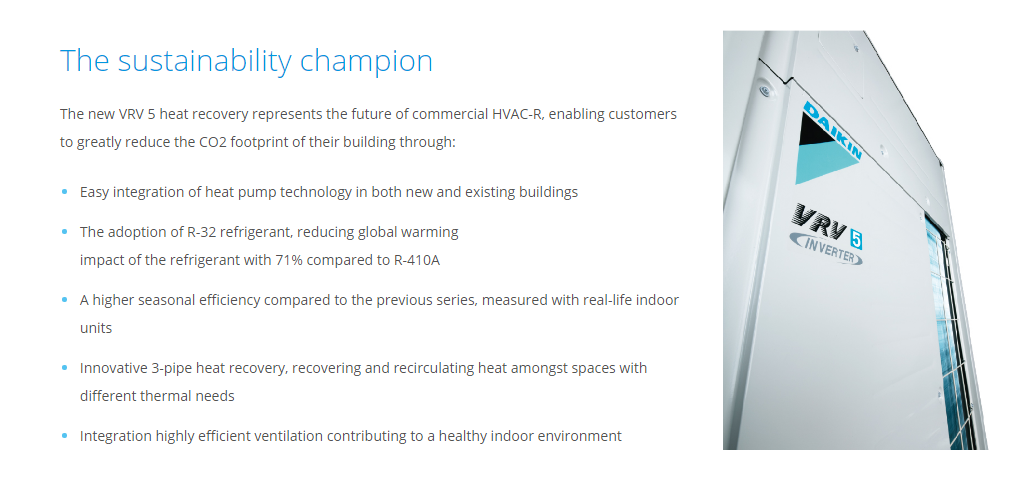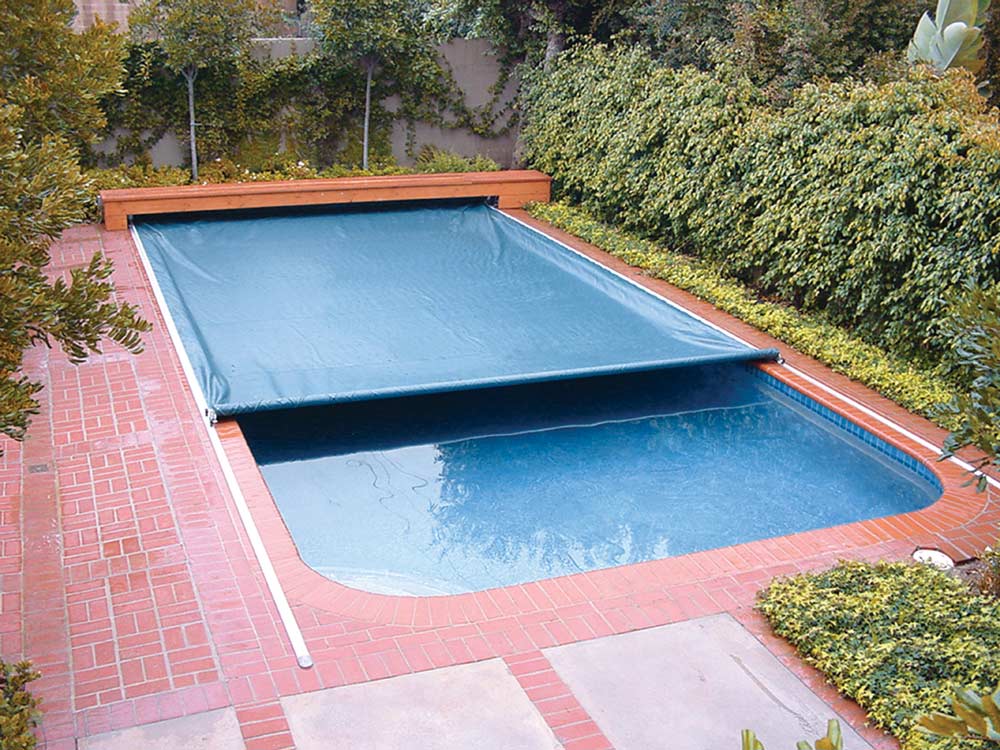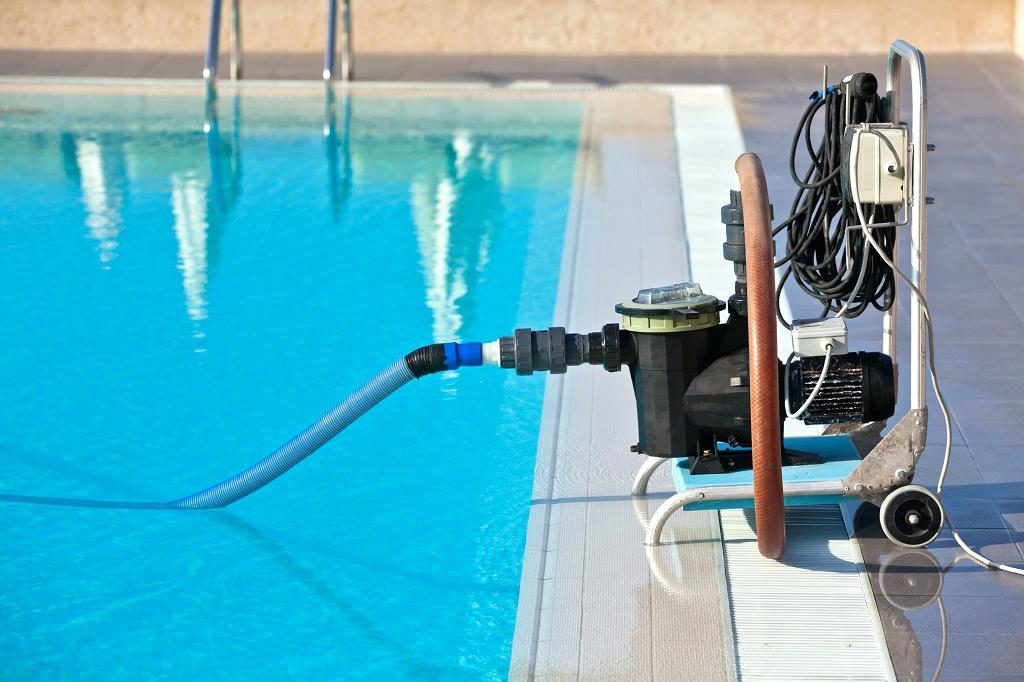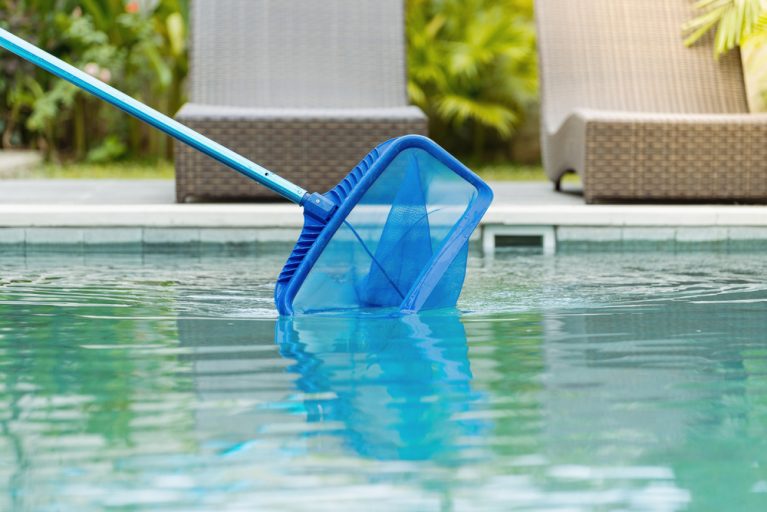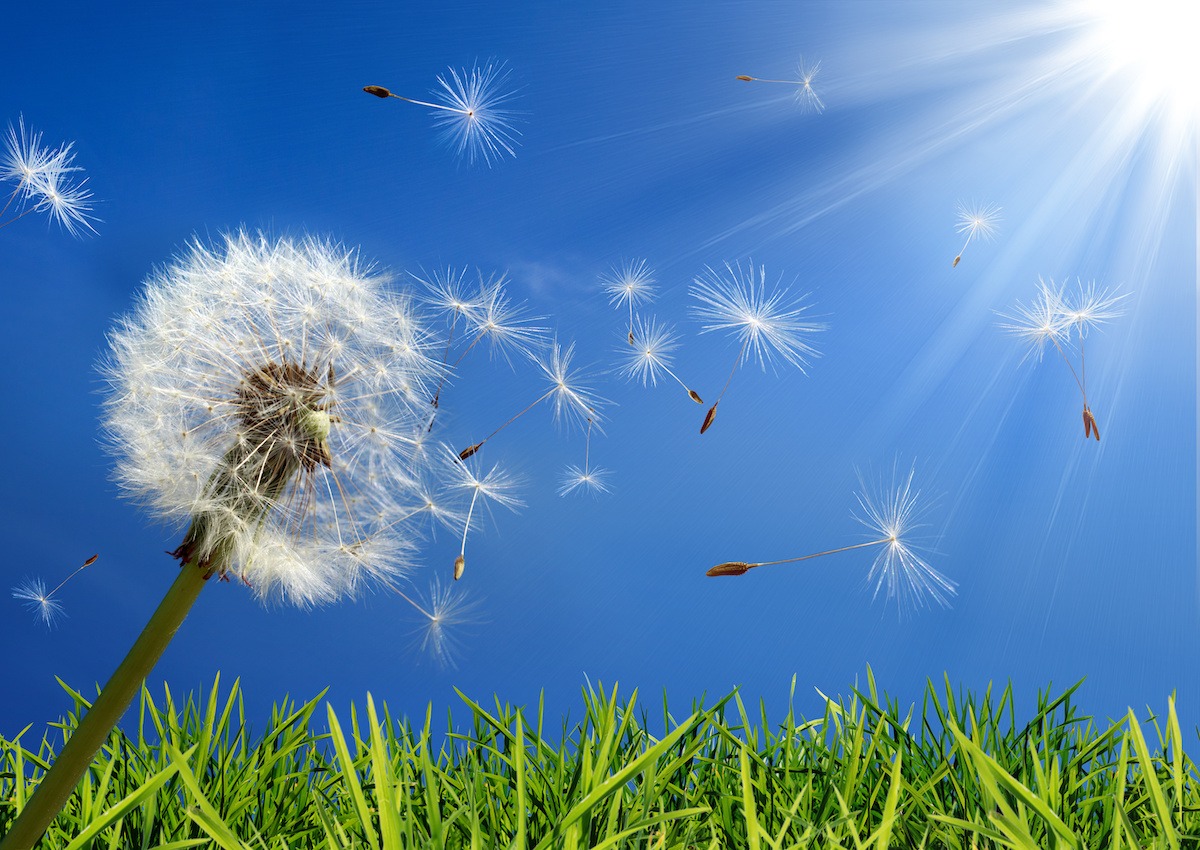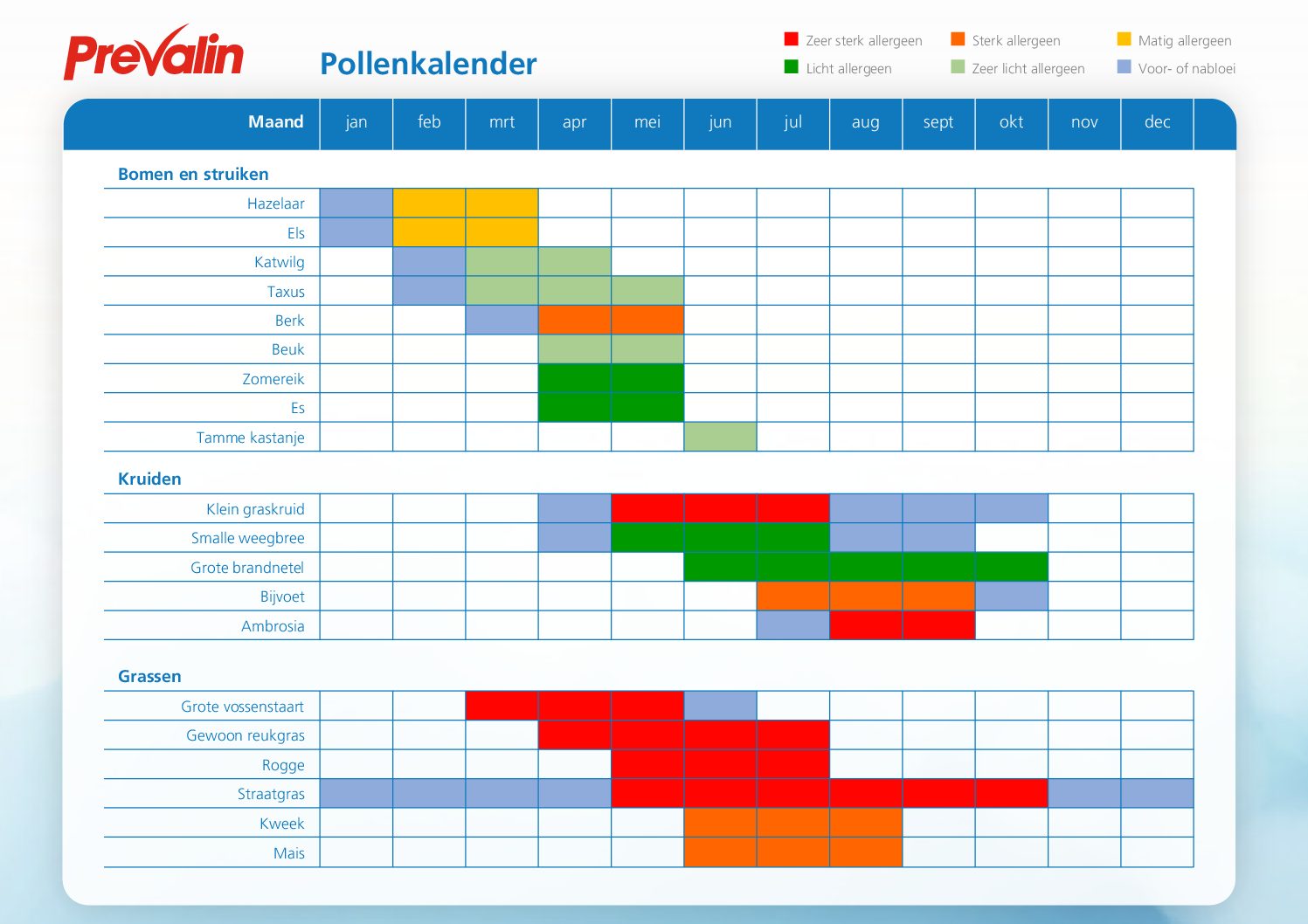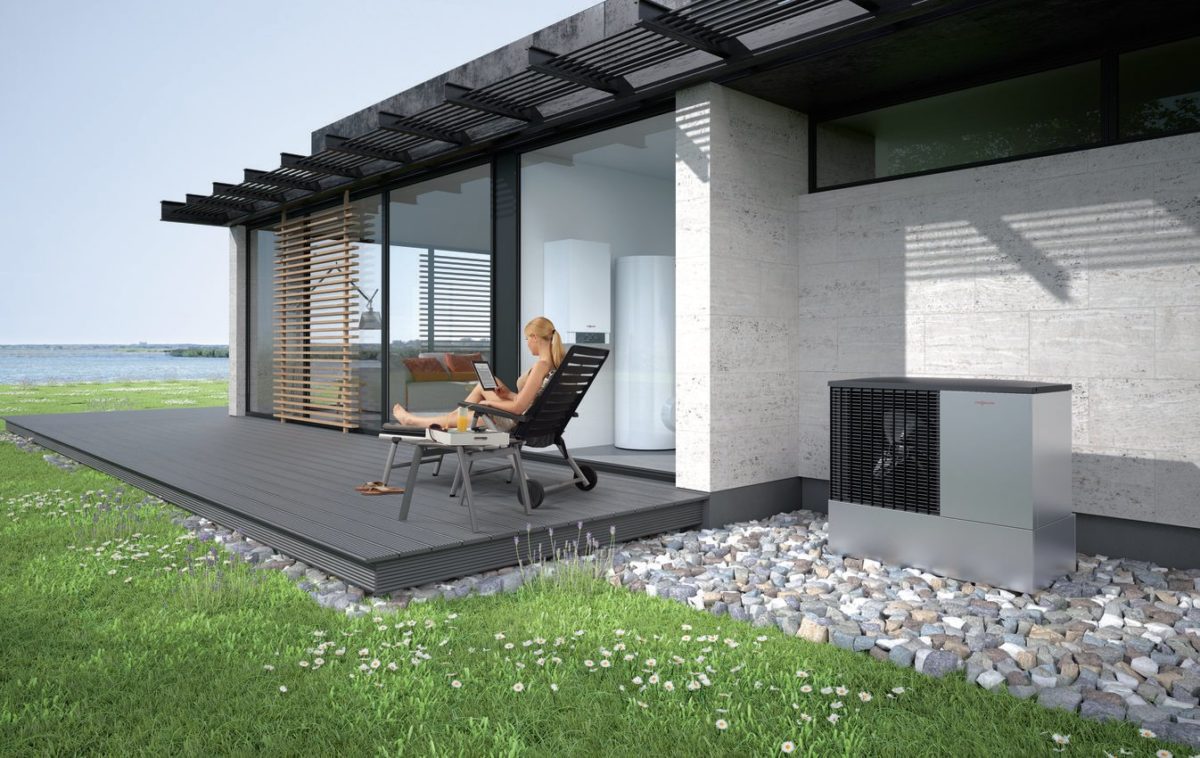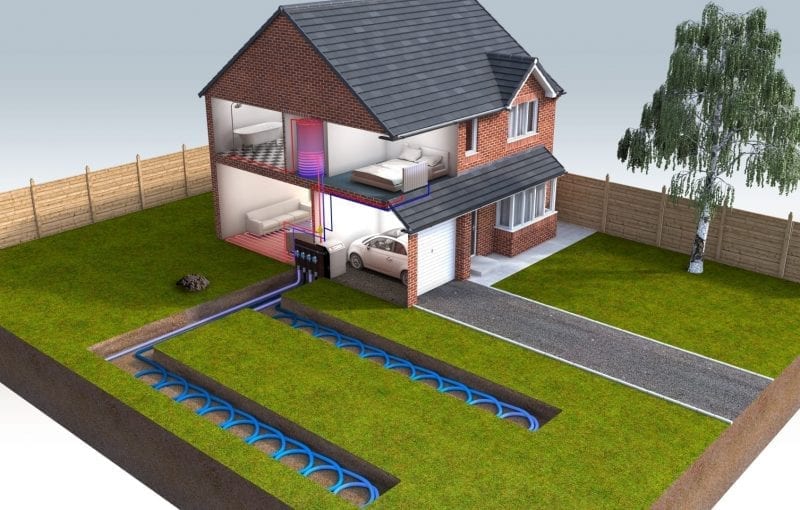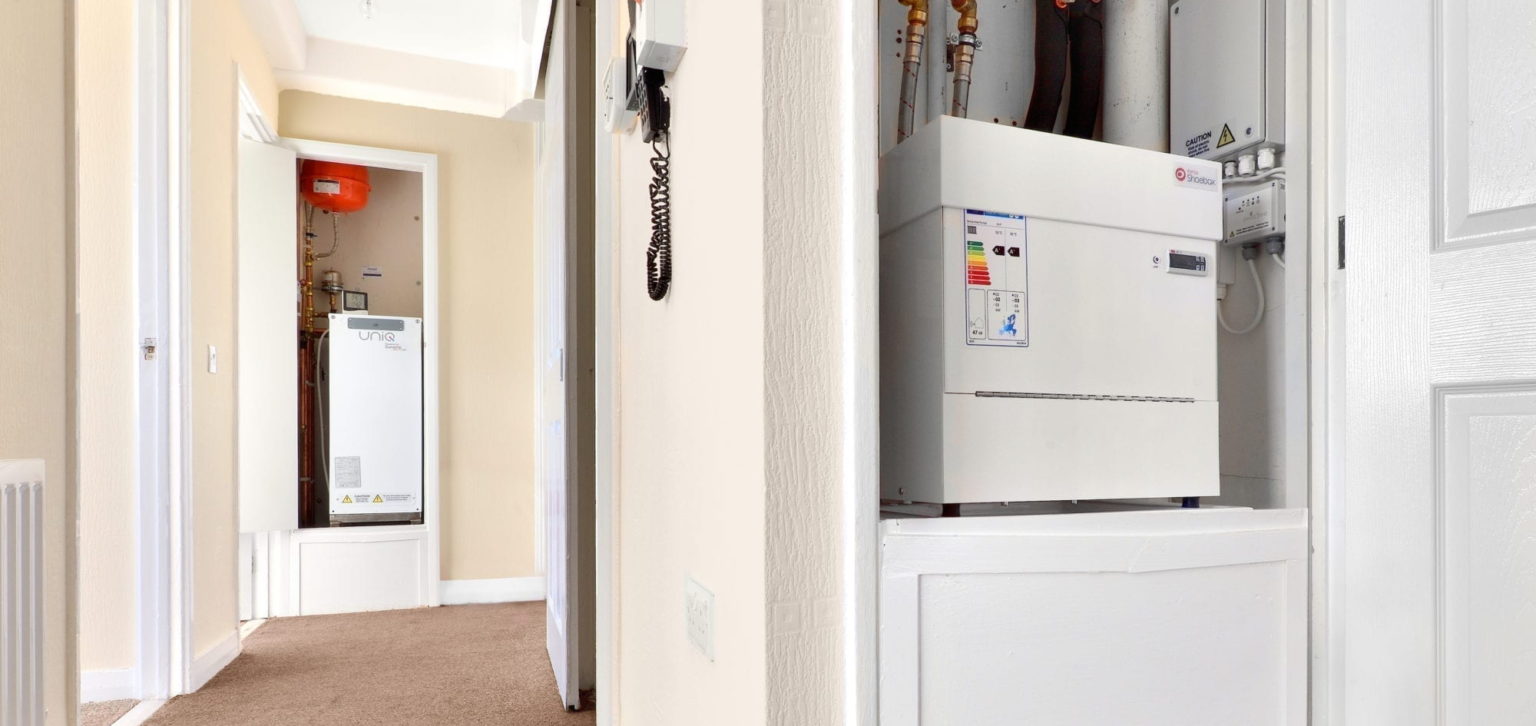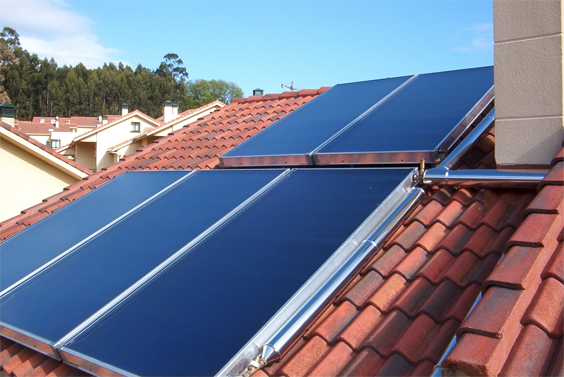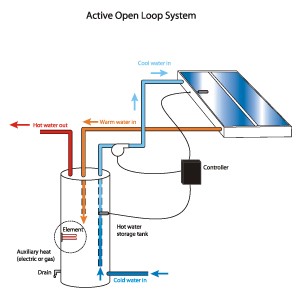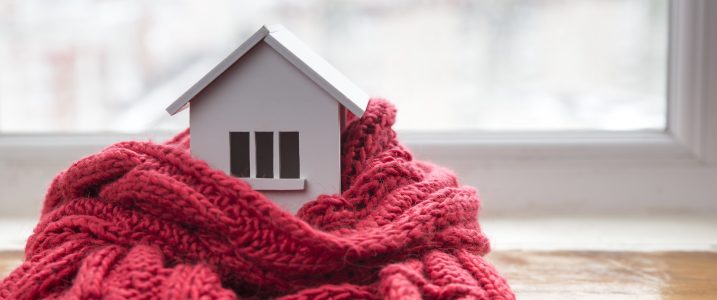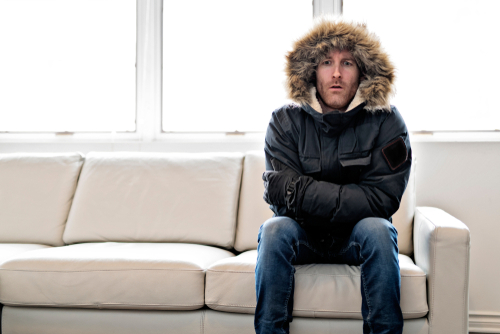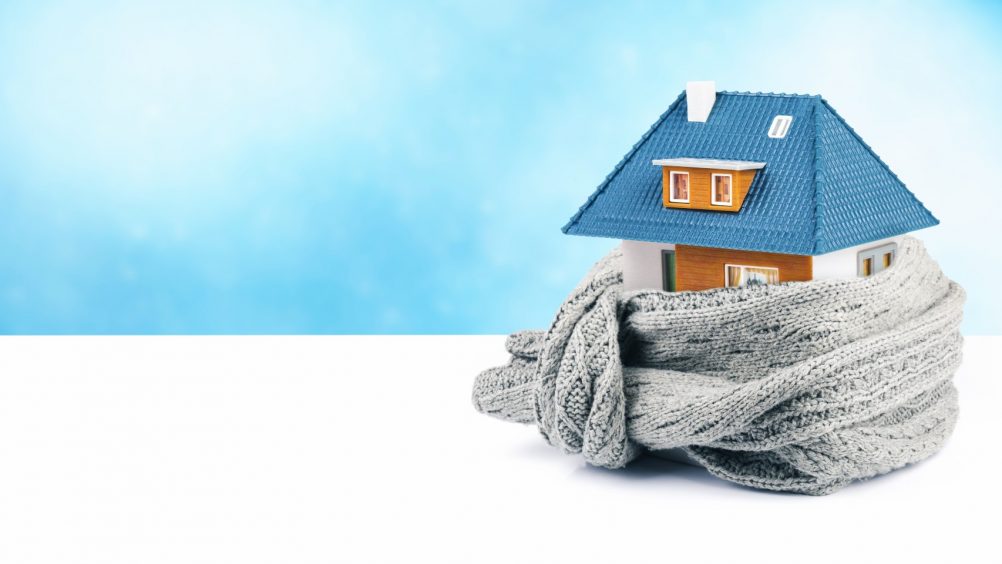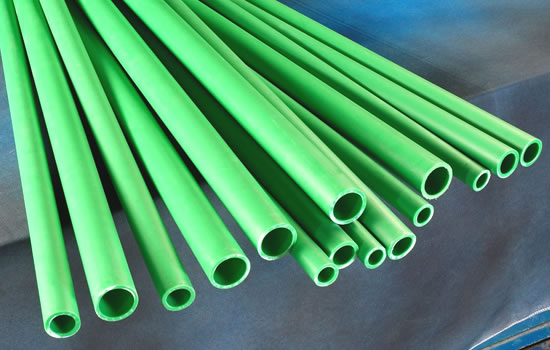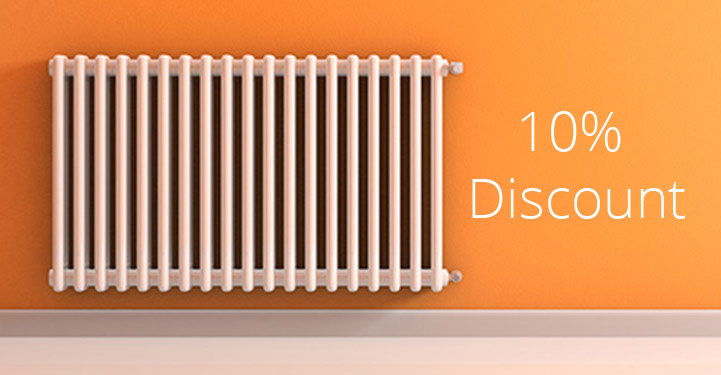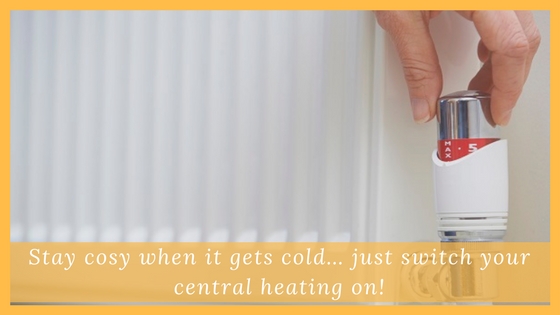Solar Panels for Swimming Pools! Heat Your Pool with Solar Power!
Solar energy has become a popular choice for homeowners who wish to generate their own clean electricity or heat and save on their bills. Even though electricity generating solar panels are the most talked about technology, solar thermal has been around for a longer time and was the first solar energy production to be widely commercialised in the UK. Solar thermal collectors harness solar energy which can then be used for space or water heating. In fact, one of the most popular applications of solar energy is swimming pool solar heating. These systems can heat your pool all year long with clean, free energy. Here are all their benefits.
Why Use Solar Panels to Heat Swimming Pools?
First of all, pools need to be heated even in warm weather, because they lose heat via surface evaporation. There are different ways to heat pools, such as an electric or gas heaters, heat pumps, and thermodynamic panels. So why would you choose solar panels? Solar thermal systems have a short payback period and will help you save money on your bills. While electricity and gas prices are constantly increasing and make your expenses fluctuate depending on the season, solar panels produce completely free and clean energy all year long, for as long as 20 years. Solar heating systems often have automatic control systems, so you won’t need to monitor them or spend any money on maintenance.

Pros of Solar Panels for Swimming Pools
*Depending on your geographical location and sun exposure, by installing solar swimming pool heaters you could keep enjoying your pool for up to 12 months.
*They have no additional costs of pool solar heating after installation and eliminate fuel costs.
*They last up to 20 years with no need for maintenance, and they usually carry a 10-year warranty.
*They are easy to install and can be placed on your roof or on the ground.
*They are the best choice for the environment and work in different climates, not just warmer ones.
*Solar swimming pool heaters are suitable for both residential and commercial purposes.
*Even the most extreme weather conditions will not damage the collectors: they are built to withstand hurricane-level winds exceeding 241 Km/h.
*The solar collectors work even in overcast weather because the sun’s thermal energy is unaffected by clouds. Active rain may cool them down, but they quickly regain their ideal temperature. Moreover, rain helps clean the collectors and makes maintenance easier than in dry climates.
How Do Solar Panels for Swimming Pools Work?
Swimming pool solar heating systems are efficient and easy to use. There are only four components in the complete kit: a solar collector, a pump, a valve and a filter. Debris is removed from the water through the filter, then the pump leads the water to the solar collectors, which heat it by using the sun’s energy. Then, the warmed water is pumped back to the pool. A flow control valve (manual or automatic) diverts water through the collectors.
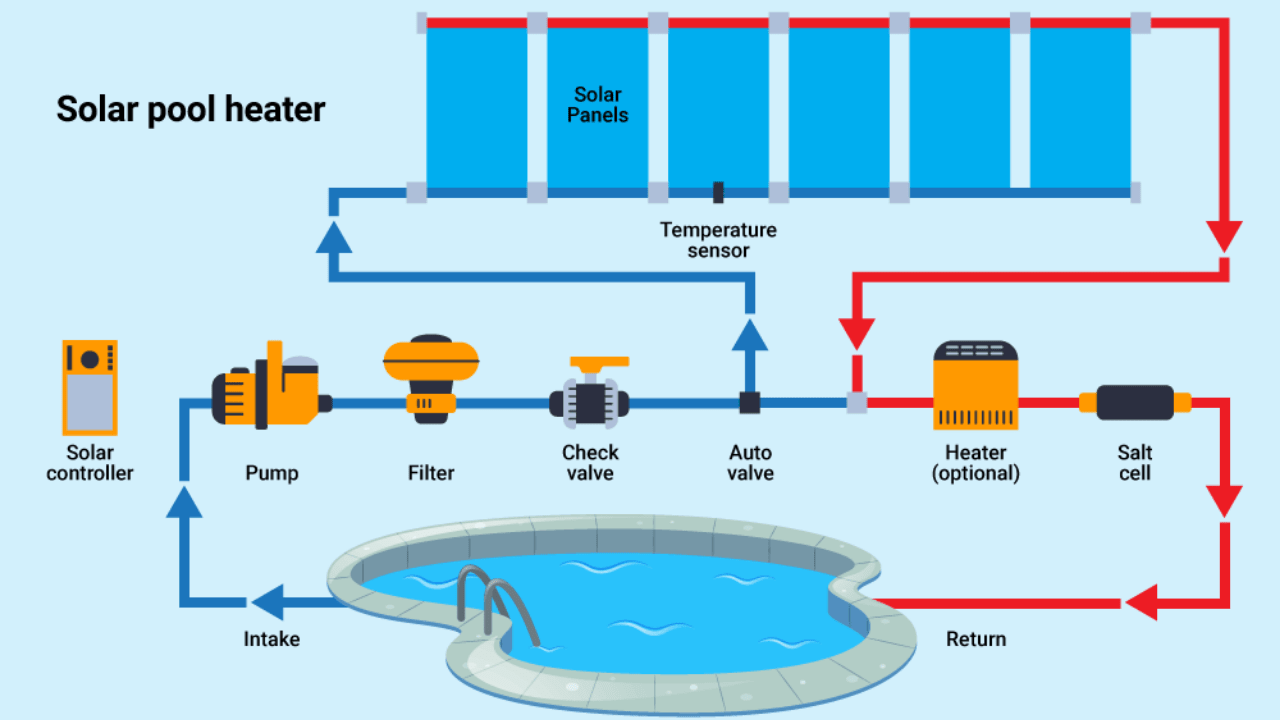
Types of Solar Panels for Swimming Pools
*Unglazed solar collectors: this is the cheapest, simplest option. Unglazed collectors are not covered by a glass layer and are made of plastic or rubber. They have the disadvantage of being less efficient in cold climates but are much more cost efficient than their competitors. They are the best choice if you are only going to use your pool in above-freezing temperatures.
*Glazed solar collectors: these panels are more expensive, mainly due to the materials they are made of (copper, aluminium and iron-tempered glass). They are more efficient in cold climates and can be used all year long, even to for domestic water heating. However, both glazed and unglazed collectors can benefit from a freeze protection if they are intended to be used in extra cold conditions.
Useful Tips
In order to maximise the efficiency of a solar pool heating system and to be as environmentally friendly as possible, there are a few things you should consider.
*Using a pool cover helps lower the evaporation and preserve the heat you generate. Pool covers are not required but are a fundamental addition to solar heating kits. Dark coatings are recommended as they capture even more heat from the sun.
*In order to maximise the panels’ efficiency, you should make sure they are properly exposed to the sun (South-facing installations are recommended) and free of any shading.
*The size of the installation should be between 30% and 60% of the pool area or more.
Via Green Match
Images: Shutterstock
Are You Ready to Invest in Solar Panels?
If you are interested in solar heating for swimming pools, you will have to go through a long search for different models and suppliers. You can skip this process by simply filling in the contact form below.

